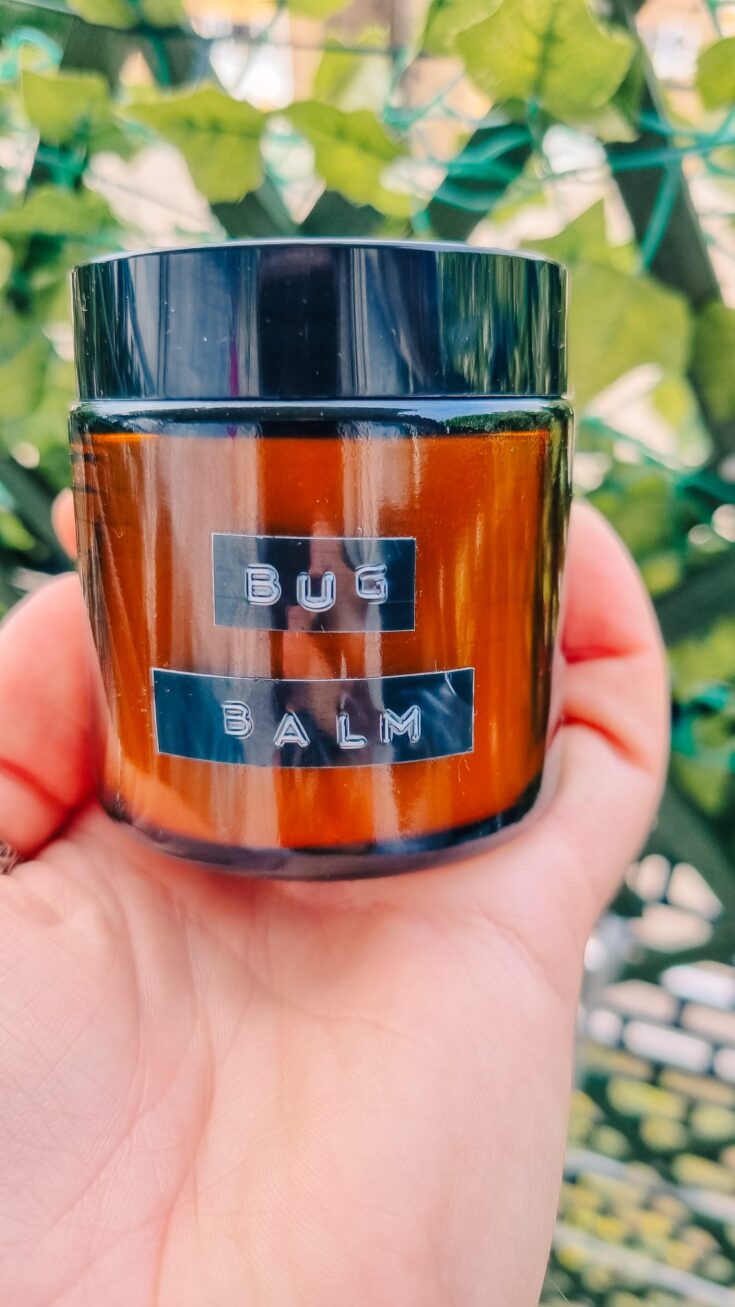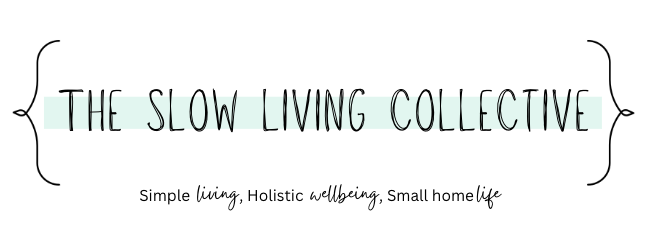A simple and natural bug bite balm for those itchy bug bites. Find out why making a homemade, natural solution to your itchy bites might be the best solution.
Summer is a season that so many of us look forward to, it’s a time for adventure, exploration, and enjoying the great outdoors. We love spending time outside all year round but there is something wonderful about spending that time outside in the beautiful weather of summer too. However, as great as summer and the extra time outside can be, for many of us we have the inevitable: itchy bug bites. As one of those unlucky people who doesn’t just get a normal reaction to a bug bite, but instead can have a bad reaction. Fear not though because I want to share with you this amazing homemade bug bite remedy which takes those itches away that you can make easily at home, with all natural ingredients, no chemicals in sight, unlike the equivalent shop bought varieties.
This is what I love about being able to DIY our own products, the freedom of being able to personalise our products and avoid chemicals, which is the preference for our family. I find it so much fun being able to create products that help our day to day problems, but also suit our low toxic lifestyle, not to mention crafting an effective, natural remedy for those pesky bug bites.
One of the greatest benefits of making your own products is the control you gain over the ingredients. Store-bought products often contain a mix of chemicals that are not only hard to pronounce but can also be harmful to your health, your skin and the environment. By making your own balm, you’re eliminating the potential exposure to harmful substances and reducing your environmental footprint. You’ll know exactly what’s going into your product, and you can rest assured that it’s gentle, safe, and tailored to you and your family’s needs.
So often people question the effectiveness of products that don’t include harsh chemicals, but its quite the contrary! Nature offers a bounty of potent ingredients that can soothe, heal, and protect, remedies that have been used to hundreds, if not thousands of years. For instance, essential oils like lavender, peppermint, and tea tree are known for their powerful anti-inflammatory, antiseptic, and soothing properties. Combined with the moisturising qualities of coconut oil and beeswax, you have a balm that’s not only going to relieve the itchiness but will also help speed up the healing process.
Today I want to share the step-by-step process of creating your own itchy bug bite balm but also provide insights into the benefits of each ingredient. You’ll discover how the harmonious blend of these natural ingredients will provide immediate relief from bug bites, leaving your skin soothed and refreshed.
I am also hoping to inspire you to embrace the wonderful world of DIY, appreciate the potency of natural ingredients, and realise the satisfaction and independence that comes with making your own skincare solutions. Stay tuned to learn how to create your itchy bug bite balm and kiss those summer nuisances goodbye!

Make your bug balm
Each of the ingredients plays a crucial role. Coconut oil and beeswax form the moisturising base of your balm. Beeswax helps to solidify the balm and lock in the oils on your skin. The essential oils are the real stars when it comes to soothing bug bites. Lavender essential oil is known for its calming and anti-inflammatory properties, and tea tree oil is a powerful antiseptic that can prevent infections.
Recommended ingredients:
Here’s how to make your own itchy bug bite balm:
- Melt the Base: Using a double boiler, melt the coconut oil and beeswax together. Stir the mixture occasionally until it’s fully melted and well combined.
- Add Essential Oils: Remove the mixture from the heat and let it cool slightly. Then add your essential oils. Stir well to make sure the oils are fully incorporated into the mixture.
- Pour into Container: Pour your balm into your chosen container (a small amber jar works well) and let it cool completely. As it cools, the balm will harden and turn into a soft, solid consistency.
- Apply as Needed: Whenever you have an itchy bug bite, apply a small amount of your DIY balm to the area. The soothing properties of the balm will help relieve the itchiness and reduce inflammation.
- Store for up to 1 year: You can store at room temperature for an easy to apply balm.

DIY Itchy Bug Balm
Materials
- 1 cup of beeswax
- 1 cup of coconut oil
- 2 tsp of vitamin E oil
- 20 drops of Lavender Essential Oil
- 10 drops of Tea Tree Essential Oil
Instructions
- Melt Coconut oil and beeswax in a double boiler until both become liquid. You can make a double boiler by placing a glass dish over a pan of boiling water. You can also use the microwave to melt these.
- Once the coconut oil and beeswax are melted, remove from the heat and allow to cool.
- When cooled add the essential oils and stir.
- Add the vitamin E oil and mix until a soft paste.
- Decant into amber jars and leave to set.
Notes
This can be stored for 1 year.
Recommended Products
As an Amazon Associate, and member of other affiliate programs, I earn from qualifying purchases.
Remember, this balm is for external use only and should not be used on broken skin or deep wounds. As with any new skincare product, it’s a good idea to do a patch test first to make sure you don’t have any reactions to the ingredients.
Why no DEET?
DEET, short for N, N-Diethyl-meta-toluamide, is one of the most common active ingredients in insect repellents. However, increasing concerns are arising about its potential health and environmental impacts. Prolonged exposure to DEET has been linked to skin irritations, nausea, headaches, dizziness, and, in severe cases, seizures or loss of consciousness. It’s also worth noting that DEET’s efficacy can be overestimated; it doesn’t kill bugs but merely disorients them. On the environmental front, DEET is not easily broken down in the environment and can have toxic effects on wildlife, especially aquatic ecosystems where it’s most likely to accumulate. Moreover, DEET is a plasticiser which can damage some plastics, fabrics, and surfaces. For these reasons, it may be worth considering natural and sustainable alternatives to DEET, that are gentler on our bodies and the environment.

So, there you have it! Your very own DIY itchy bug bite balm. Not only is it simple to make, but knowing exactly what’s going into your balm allows you to avoid unnecessary chemicals found in many store-bought options. And as a bonus, this balm is not just for bug bites. Its nourishing and soothing properties make it an excellent option for minor skin irritations, dry skin, or even as a natural lip balm.
Embrace the beauty of summer, enjoy the great outdoors, and when the inevitable bug bites come, know that relief is just a dab away!
